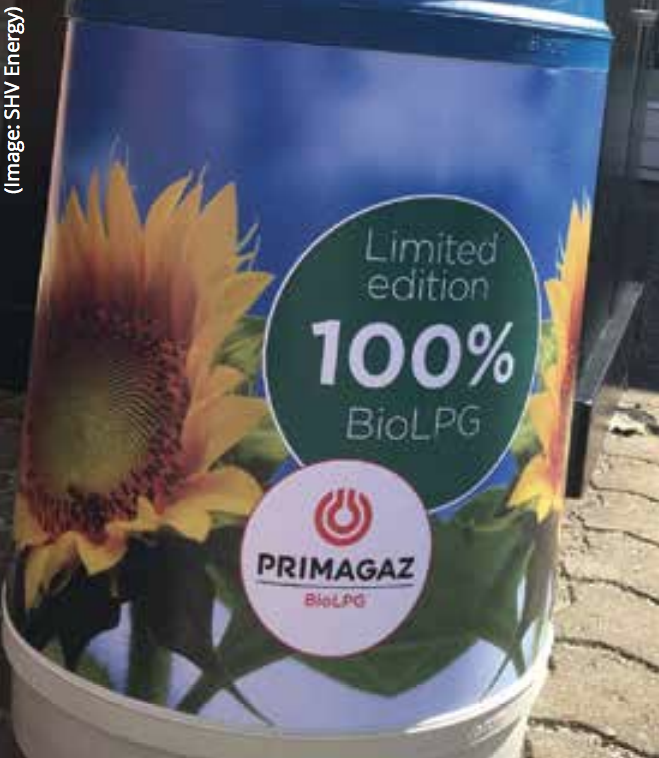Bio-sourced LPG, a fully renewable fuel for the future
SHV Energy customers in seven European countries are now able to use a brand new, low carbon fuel: bio-LPG. Bio-LPG is a by-product from the Neste Renewable Diesel production facility in Rotterdam and represents the first large-scale distribution of bio-LPG in the world. Primagaz and Calor market and distribute this fuel, the newest innovation in the LPG sector.
The first consumer of bio-LPG in France is the L’Oréal site of La Roche-Posay, an industrial site in the French countryside which is not connected to the gas grid. La Roche-Posay consumes approximatively 130 tonnes of standard LPG per year for its industrial processes. As of May 2018, it now uses 100% bio-sourced LPG, delivered by Primagaz France.
Jean-Yves Larraufie, the president of a L’Oréal subsidiary, explains: “L’Oréal is committed to a carbon neutral approach for its manufactured products and plants and has set a target of reducing its CO2 emissions by 60% between 2005 and 2020”.
Primagaz will deliver 150 tons per year over five years, saving 1,915 tonnes of CO2 on an annual basis. As requested by L’Oréal, the delivered bioLPG is produced exclusively from used cooking oil, improving resource-use efficiency.
Bio-LPG is a drop-in replacement for conventional LPG. Consumers can use exactly the same LPG appliances and vehicles while dramatically improving their carbon footprint. For instance, if one million European households switched from traditional fuels to using bio-LPG to heat their homes, it would save five million tonnes of CO2 emissions – the equivalent of taking 2.5 million cars off the road.
By 2040, SHV Energy aims to have 100% of its energy products be from renewable sources. Bio-LPG will have an integral role in achieving this goal.

Bio-sourced LPG is now available in many European countries and the United States